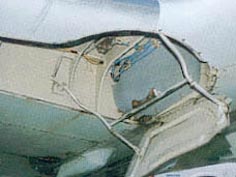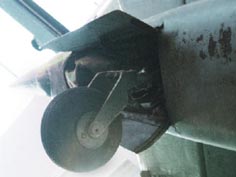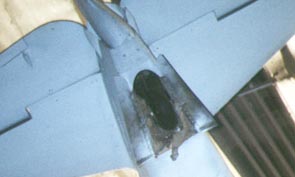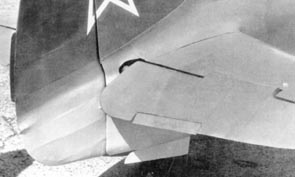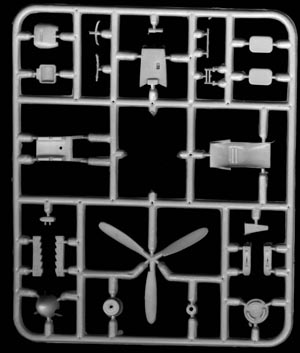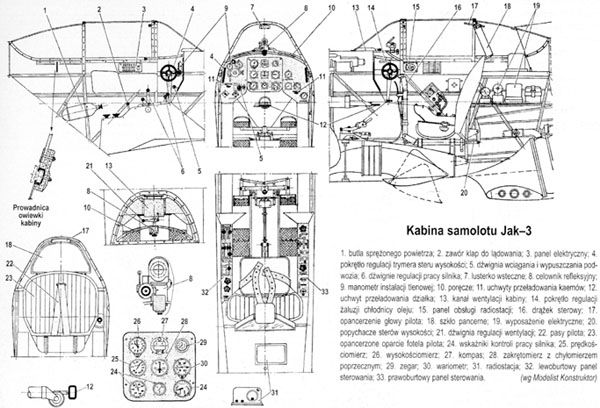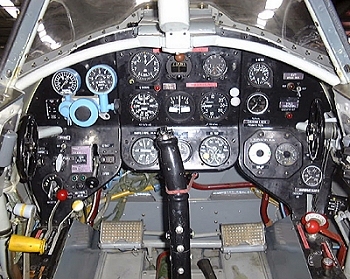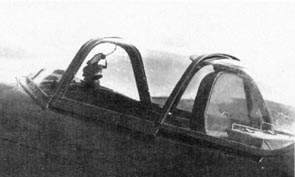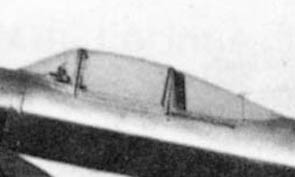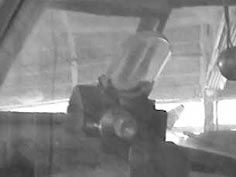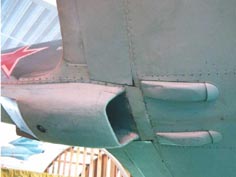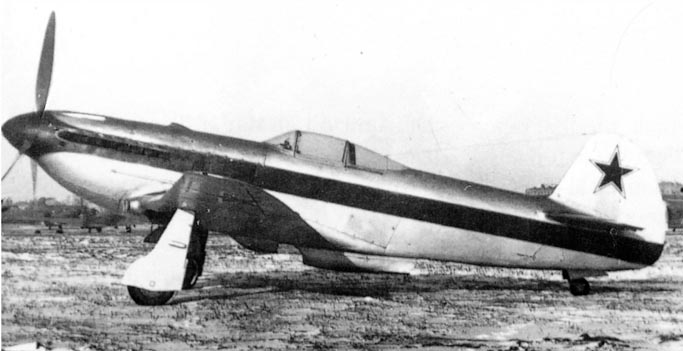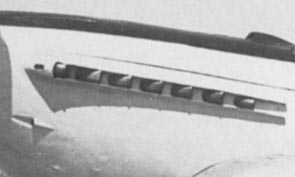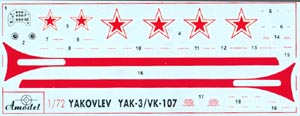 |
The painting schemes enclosed are for:
-
a series aircraft with light grey AMT-11/dark greyAMT-12/light blue AMT-7
camo scheme, without individual codes, with two synchronized weapons; I
failed to find photos of these aircrafts, probably of Tbilisi production,
but I consider the Amodel instructions as fairly reliable;
-
a silver/red "prototype"
with
one syncronized weapon; it should be the first all-metal aircraft built
in Tbilisi and used for factory tests. Photos show that at least two different
aircraft with silver/red livery did exist; the
first requires modification of the nose top (identical to that of the
prototype), while the second
one requires modification of the oil coolers outlets (as on Yak-9P).
Note that its finish looks silver paint, not natural metal as one could
think. The prop blades should be alluminium too, not black/yellow as reported
on the instruction sheet.
If we want to extend this choice, we can consider some easy conversions:
-
the prototype built
in 1943/1944, that had wooden wings and rear fuselage (requires the deleting
of the panelling, and some modifications to the air inlets/outlets over
the nose), two syncronized guns, unarmoured windshield and fabric-covered
control surfaces;
-
yellow 32, an operative
series aircraft used during the war by pilot P.P.Karavay, with AMT-11 grey
/AMT-7light blue finish (but its identification is unconfirmed, it could
easily be a misidentified Yak-9U);
-
the three production aircraft
made in Saratov, that featured wooden rear fuselage and metallic wings,
visible radio mast and all the uppersurfaces painted with AMT-11 grey on
AMT-7 light blue undersurfaces;
-
the poswar replica of Garric,
painted as a Normandie-Niemen aircraft; note that this unit never had this
version; it should have more protruding exhaust stacks, no armoured glass
and some small differences;
-
the Yak-3 VK-108 prototype, that
had wooden wings and rear fuselage, fabric covered control surfaces, four
lines of 6 exhaust stacks each, slightly smaller wingroot inlets, Spitfire-style
supercharger inlet.
|
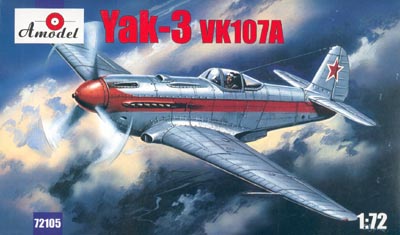
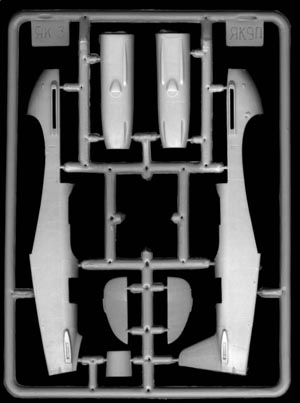


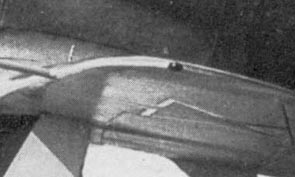
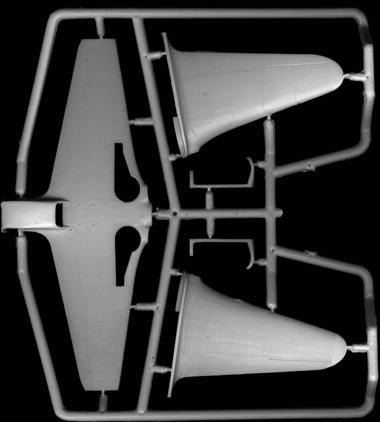
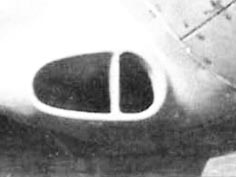
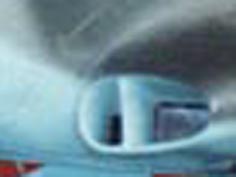
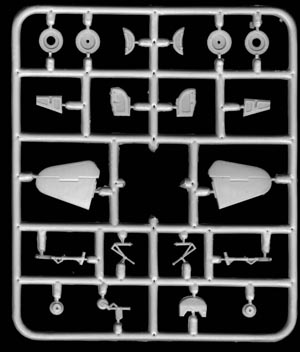
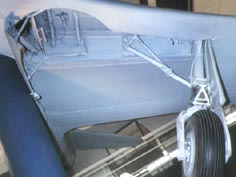 .
. 